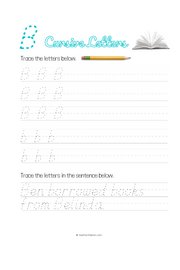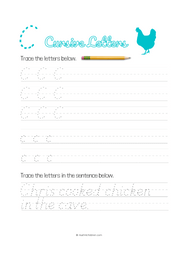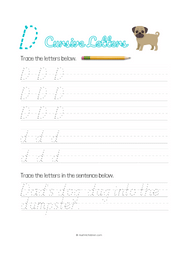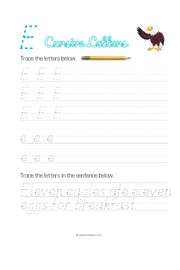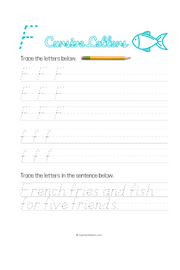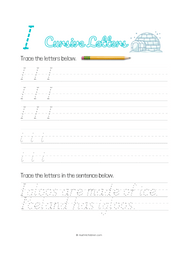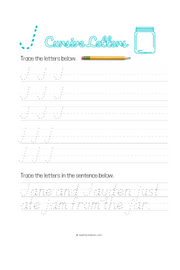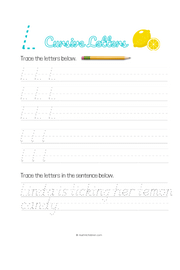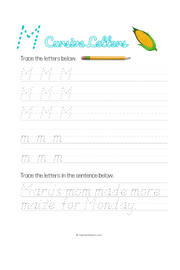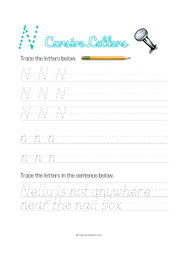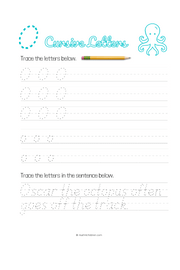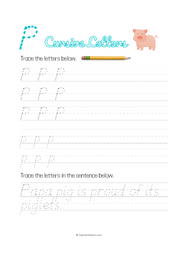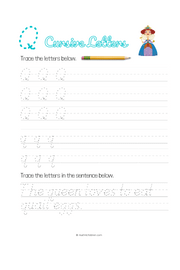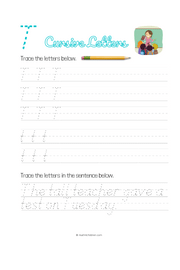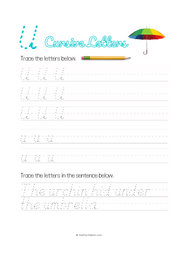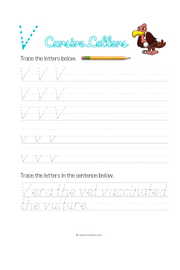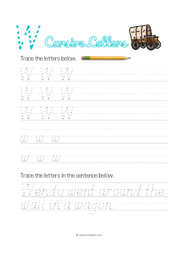How to Improve Your Handwriting Skills
In today's digital age, where typing has become the primary mode of communication, the art of handwriting often takes a back seat. However, having legible and attractive handwriting can still be a valuable skill, whether you're jotting down notes, signing documents, or even crafting handwritten letters. If you're looking to enhance your handwriting skills, you've come to the right place. In this article, we'll explore various techniques and tips to help you transform your scribbles into beautiful, legible script.
1. The Importance of Good Handwriting
Before diving into the nitty-gritty of improving your handwriting, it's essential to understand why it matters. Good handwriting can leave a lasting impression, convey professionalism, and boost your self-confidence. It also helps with note-taking, which can significantly aid in retaining information.
2. Assessing Your Current Handwriting
Take a moment to evaluate your existing handwriting. Identify areas that need improvement, such as illegible letters, inconsistent sizing, or irregular slant. This self-assessment will serve as a starting point for your handwriting journey.
3. Choosing the Right Tools
Selecting the appropriate writing tools is crucial. Experiment with various pens, pencils, and paper types to find what suits you best. A comfortable writing instrument can make a significant difference in your penmanship.
4. Mastering the Basics
Maintaining Consistency
Consistency in size, slant, and spacing is fundamental. Ensure that your letters maintain the same height and width throughout your writing.
Understanding Letter Forms
Study letter forms individually. Pay attention to how each letter is constructed, starting with the basic strokes that make up the alphabet.
5. Practicing Letter Connections
Smooth transitions between letters are essential for fluid handwriting. Practice connecting letters to create words effortlessly.
6. Improving Letter Spacing
Even spacing between letters and words enhances readability. Focus on achieving uniform spacing without crowding or stretching words.
7. Enhancing Line Alignment
Maintaining a consistent baseline helps your writing look neat. Use lined paper to guide your writing and ensure letters sit uniformly on the line.
8. Developing a Unique Style
Your handwriting is an expression of your personality. Experiment with adding unique touches, such as flourishes or variations in letter size, to develop your distinct style.
Incorporating Flourishes
Subtle embellishments like loops and swirls can add elegance to your writing.
Experimenting with Fonts
Explore different fonts and styles to find inspiration for your own handwriting style.
9. The Role of Posture and Grip
Your posture and the way you hold your pen significantly impact your handwriting. Maintain a relaxed grip and sit comfortably to allow for smoother writing.
10. Daily Handwriting Exercises
Consistency is key to improvement. Dedicate time each day to practice your handwriting using exercises specifically designed to target your weak points.
11. Utilizing Handwriting Worksheets
Printable handwriting worksheets are readily available online. These resources provide structured practice and help track your progress.
12. Seeking Professional Guidance
If you're determined to achieve exceptional handwriting, consider enrolling in a handwriting improvement course or seeking guidance from a professional calligrapher.
13. Tracking Your Progress
Document your journey by periodically comparing your current handwriting to your starting point. Celebrate your achievements along the way.
14. Benefits of Improved Handwriting
Enhancing your handwriting skills can boost your confidence, make a positive impression in professional and personal settings, and provide a sense of accomplishment.
Conclusion: Your Journey to Beautiful Penmanship
In a world dominated by digital communication, improving your handwriting may seem like a niche pursuit. However, the benefits of having legible and beautiful handwriting extend beyond aesthetics. It enhances your communication skills, fosters creativity, and leaves a memorable mark on those who receive handwritten notes from you.
So, grab your favorite pen, practice diligently, and embark on your journey to transform your handwriting into a work of art.
Frequently Asked Questions
-
Is it too late to improve my handwriting if I'm an adult?
It's never too late to enhance your handwriting. With dedication and practice, you can make significant improvements at any age.
-
What is the best pen for improving handwriting?
The best pen is one that feels comfortable in your hand. Experiment with different types and find the one that suits you best.
-
How long does it take to see noticeable improvements in my handwriting?
The timeline varies from person to person, but consistent practice can yield visible improvements within a few weeks.
-
Can I improve my handwriting without professional help?
Yes, many resources, exercises, and self-guided tutorials are available to help you improve your handwriting on your own.
-
Is cursive writing still relevant in today's digital world?
While not essential, cursive writing can add a unique touch to your penmanship and is still valued in certain contexts, such as signatures and handwritten letters.


